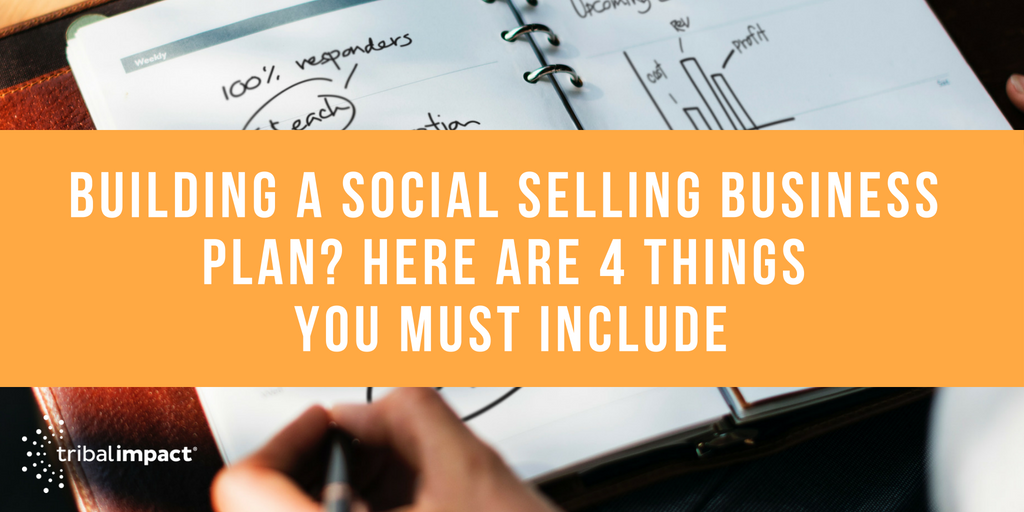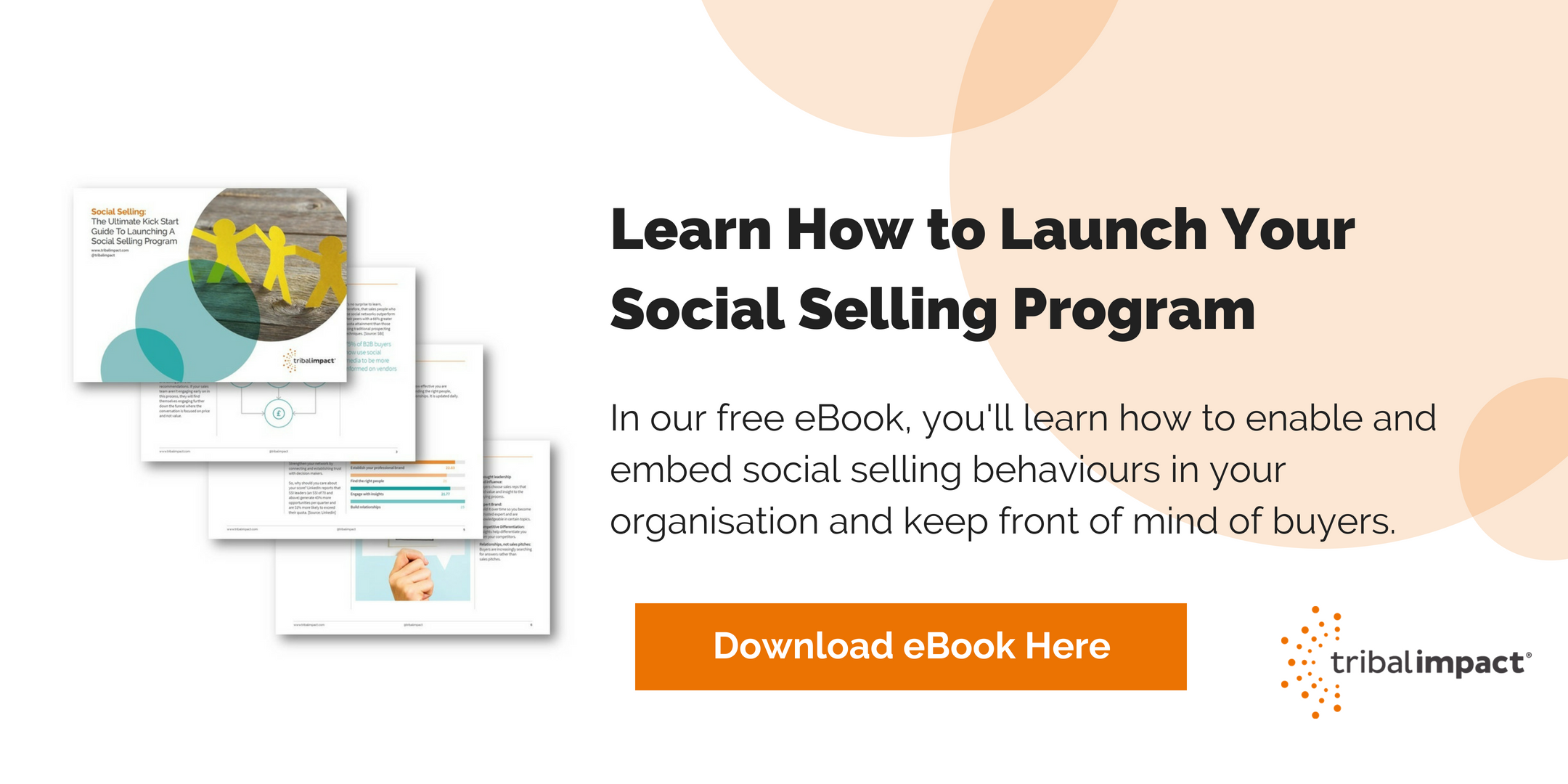1. The buyer journey is changing. You need to change how you sell too.
The point here is that you need to be looking for prospective leads in a different place. The sales funnel has been turned on its head as buyers conduct their own research and engage with potential suppliers much later in the process. If you wait for their call, it’s almost guaranteed to go to you competitor. You know, the one whose been chatting to them on LinkedIn for the past few months? Buyers are predominantly impressed by three things:: thought leadership and influence (they choose sales reps who add value and insight to their buying process); an expert brand (they trust you and see you as knowledgeable in certain topics); and competitive differentiation (the quality of your insights differentiate you from your competitors). Each of these elements takes time to build and perfect; they are outcomes, which require a period of time to perfect. But, boy, do the result speak for themselves.

2. You might not be social selling, but you can bet your competition is.
Because buying cycles are longer these days, there’s more time and opportunity for various influencers to get involved. As well as researching online, buyers are asking peers for recommendations, reading reviews or educated blog posts.
So, it shouldn’t come as a surprise to know that sales people who use social networks out-perform their more traditional peers with a 66% greater quota attainment. Add to this the fact that an incredible 90% of buyers are more likely to engage with sales professionals who are viewed as thought leaders in their industry, and it seems it’s time to get social. In fact, research suggests that social selling allows your sales teams to enter the buying cycle early, influence the decision making process, limit competitive involvement, reduce deal closure times and even increase the deal size. That’s your social business benefits analysis done, right there.
3. A quality relationship is a lasting relationship.
Social selling is a long game. But, done properly, there’s every chance the outcome will be long-lasting too. Relationship building is all about being there when it matters – and, for your prospective customers, this involves answering questions and sharing useful content until they are ready to buy.
Adopting a social selling approach means your sales team can be ‘front of mind’ for your prospects, even when they aren’t physically sitting with them. They can adopt a helpful and informative style, not a pushy, interruptive one. They become a valuable support element of your buyer’s journey and aren’t actually selling at all.
However, engage too late in the process by taking a more traditional approach to sales, and your team will find themselves involved in the later conversations that tend to be focused on price and not value.
.png?width=1080&name=Building%20a%20Social%20Selling%20Business%20Plan_%20Here%20are%204%20Things%20You%20Must%20Include%20(1).png)
4. Marketing and sales: a marriage made in heaven.
Historically, sales and marketing work in isolation, with marketing running campaigns and sales dealing with the resulting leads. However, this sidelines upselling or cross selling to existing customers and doesn’t actually help either team to get to know what their customers actually want or need.
The digital age is changing this and social selling, in particular, can help teams to take an inbound rather than an outbound approach; pull rather than push. To get right to the point, this holistic approach can result in less wasted leads, a reduced content marketing spend (as the content you produce is more targeted and can be repurposed for different stages of the buyer journey), and it can even impact on other business processes, such as recruitment and retention as you build a
stronger social brand.
Demonstrating ROI in any marketing activity can be tricky but the secret to seeing a visible impact on company performance is to ensure social selling is adopted as a wholesale culture change, rather than simply dabbling around the edges. Companies who operate in this way are convinced of the value add so start at the beginning, follow our top tips and be prepared for an initial investment of time as well as funds to get things up and running